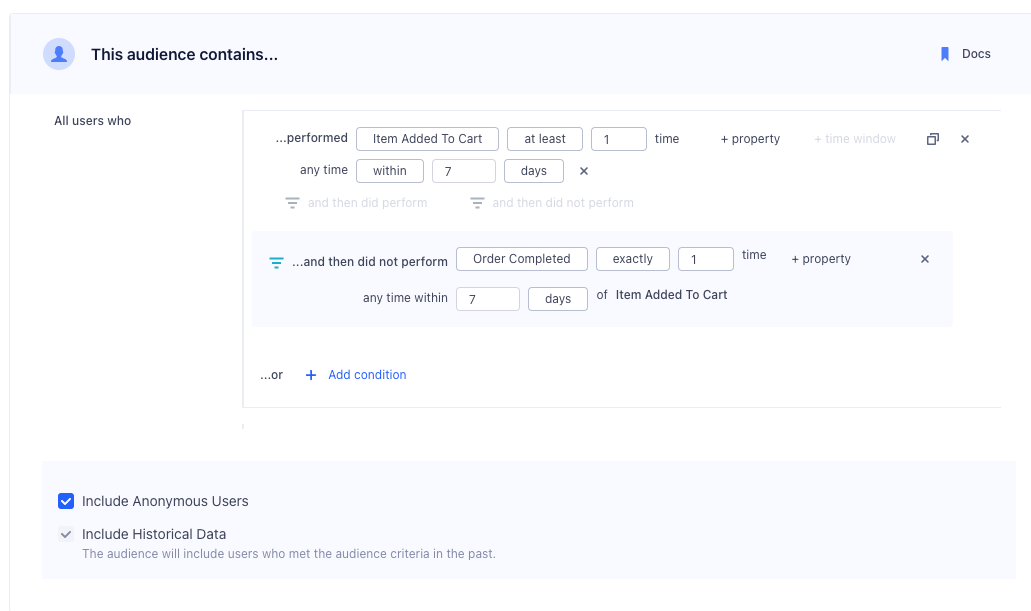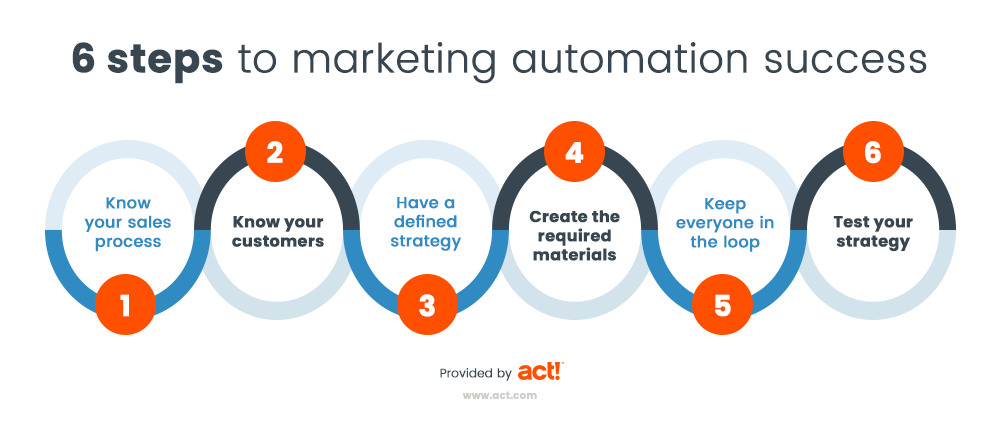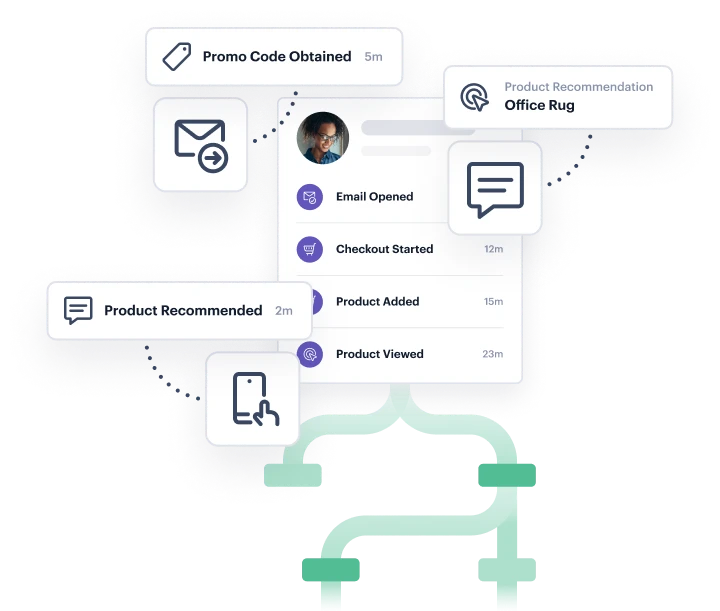Multichannel Marketing Strategy Guide For Businesses
Here we discuss everything you need to know about multichannel marketing strategies and how to build one that will set you up for success.
Here we discuss everything you need to know about multichannel marketing strategies and how to build one that will set you up for success.
Today you can reach your audience through a myriad of digital touchpoints like email, SMS, TikTok, WhatsApp...along with in-store visits, billboards, or referrals. To put it lightly: the options are endless.
But being everywhere isn’t an effective marketing strategy. To connect with your audience, you need to understand which combination of channels will be the most influential.
A multichannel marketing strategy is a plan that details how to engage with customers across various different communication channels, both online and offline. As you gather data on which customers are most active on specific channels, you’re able to fine-tune your strategy: creating lookalike audiences for specific cohorts, or even suppressing ads for others (e.g., people who recently left a bad review).
By adopting a multichannel strategy, you avoid over-relying on a single touchpoint or opting for a “spray and pray” strategy that drains your budget and offers a generic customer experience.
A campaign with multiple marketing channels requires an ecosystem of tools, from data collection to marketing automation and journey orchestration. We listed a few popular tools behind a multichannel marketing strategy.
Customer relationship management (CRM) and customer data platforms (CDP) help to collect first-party customer data across your website, app, email campaigns, and more.
A CDP like Twilio Segment is also able to clean and validate your data at scale to ensure its accuracy. It offers businesses a 360-degree view of their customers (updated in real time) which can help marketers identify people with the highest lifetime value or potential churn risks to tailor their outreach accordingly.
Personalization can make or break the customer experience. That’s why it’s important to send the right message to the right person at the right time. Creating highly tailored audience segments for your campaigns is a great place to start – targeting people based on recent or historical behavior, shared characteristics, and more.
With Twilio Engage you can seamlessly segment your audience and quickly spin up campaigns on any connected marketing channel (including native channels for email, SMS, and WhatsApp).

Automation tools help marketers offload repetitive, manual tasks that are necessary but time-consuming. There are several different marketing workflows that can benefit from automation, including:
Email campaigns
Social media (e.g., scheduling posts in advance)
CRM automatic lead scoring
Analytics reports
And more!

Learn more about different marketing automation tools and processes here.
Social media management tools like Agorapulse let you publish posts across many social media platforms, all from one interface. They also serve as a unified inbox and analytics dashboard. Such tools improve the ease and efficiency of running multichannel marketing campaigns.
You can also connect them to your database, like your CDP, so you can view your social media analytics data alongside the data from other marketing channels. This way, you see each customer’s journey across more touchpoints.
Learn more: Use Facebook Lead Ads to personalize email campaigns
Email and SMS provide a direct and personal way to reach consumers across the globe on the apps they use every day.
These interactions also let you gather customer data firsthand based on how customers respond to your messages. This can help you predict what would work versus what would flop, especially with the use of predictive algorithms. One example is Twilio Engage’s AI-driven Smart Email Content Editor, which suggests headlines, CTAs, and images to drive better engagement and conversion.
Running an effective multichannel marketing strategy requires a process that’s data-driven, collaborative, and open to refinement. Here’s how to build that effective strategy:
Understanding which channels should be prioritized in your marketing campaign is a must. Data is the best way to help do this, whether it’s by directly surveying customers or tracking user engagement on different channels (e.g., social media platforms, email, etc.).
These methods will yield useful insights about the channels where most of your ideal customers encounter your brand. You want to prioritize these channels based on how much it’d cost you to use them, how customers react to them as marketing mediums, and how suitable they are for advertising a fragrance line.
Apply your chosen segmentation model (or models) to your customer database to create audiences based on behavior, demographics, geography, and more. You can even use AI to discover nuanced insights and predict behavior if you have a large customer database.
Use if-then workflows to run parts of your campaign automatically. For instance:
If a customer recently purchased an item, suppress them from any retargeting or ad campaigns.
If a customer added your fragrance to their cart but didn’t complete their purchase, they’d be added to an email list to win back “cart abandoners.”
If a customer responded to your WhatsApp campaign asking about availability and ignored your reply, you’d send a reminder after 24 hours while showing ads on additional channels.
Twilio Segment handles data collection, cleaning, and consolidation along with offering features for real-time journey orchestration. This makes it even more seamless to plan and launch a data-driven, multichannel marketing campaign.
With unified customer profiles, marketers can quickly identify patterns and trends in behavior and personalize their messaging. And with Twilio Engage marketers can orchestrate multi-step, multichannel campaigns that are tailored to each individual customer’s behavior.

Connect with a Segment expert who can share more about what Segment can do for you.
We'll get back to you shortly. For now, you can create your workspace by clicking below.
An example of multichannel marketing would be a brand launching a promotional campaign that spans TikTok ads, SMS, and push notifications. For each channel, the message and design would be slightly different to fit with that medium.
A CDP allows you to connect every tool and system in your tech stack to integrate data and orchestrate seamless customer experiences.
To ensure consistency, have a clear plan of action before getting started. Identify the most effective channels to reach your audience, and modify your message slightly to fit each medium.
Twilio Segment empowers marketers to run multichannel marketing campaigns based on real-time data. Marketers can personalize messages at scale based on a customer’s latest brand interaction, and create personalized audience segments for their campaigns.